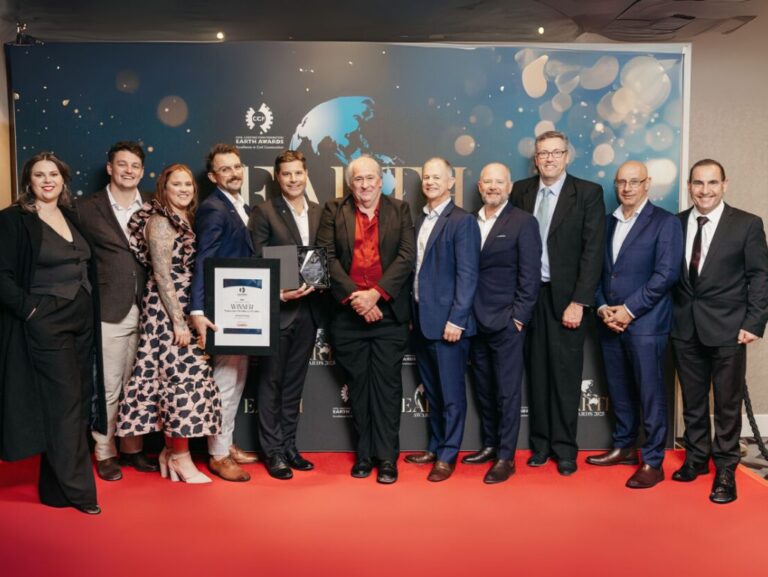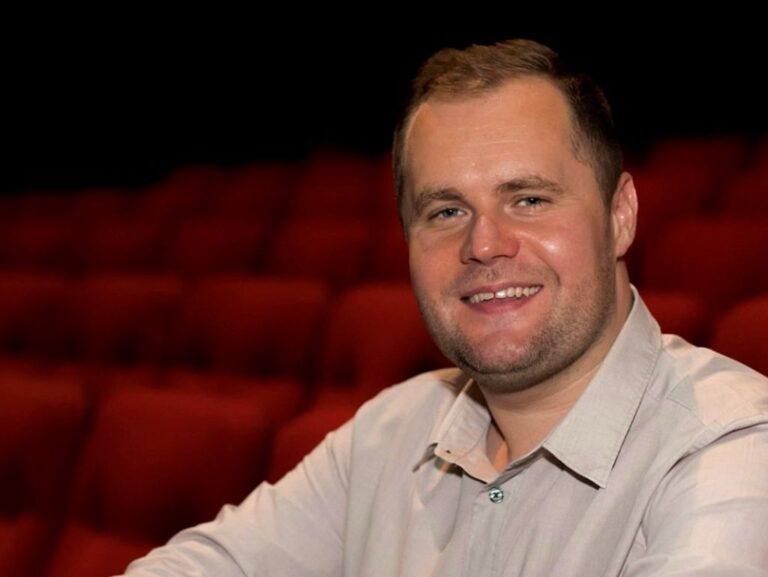30 June is most often associated with end of financial year (EOFY) sales. Droves of Australians queue up at stores in order to make their money go further. I know I look for the business shirt bargains at the EOFY sales and try to stock up for the rest of the year.
Whilst not as exciting as hunting for that bargain item at the shops, the EOFY is also a great time to pause and consider how you might save for your home deposit sooner, reduce your tax bill or boost your retirement savings.
Here are a few simple EOFY planning tips to help you snag a tax friendly, wealth creating, super boosting saving this financial year.
- Take advantage of the government co-contribution.
If you earn less than $52,697 for the 2018/19 financial year, for every $1 of after-tax money you contribute to super (of up to $1,000), the government will also contribute up to 50¢ (max $500).
To be eligible, you need to be under 71 years of age for the 2018/19 financial year, make a personal after-tax contribution to super before 30 June and lodge an income tax return for the year.
The co-contribution scheme is quite possibly the biggest EOFY super boosting scheme around. If you meet the eligibility criteria it is well worth considering this EOFY.
- Putting money in the bank is not the only way to save for your first home deposit.
Trying to save that first home deposit can seem like a monstrous task, so to help Australians the government introduced the First Home Super Saver Scheme (FHSSS).
The First Home Super Saver Scheme allows you to make voluntary super contributions of up to $15,000 a year or a maximum of $30,000 in total to your superannuation to use towards a deposit for your first home.
It’s estimated that for most people, the FHSSS could boost deposit savings by at least 30 per cent compared with traditional savings plans. This is due to the concessional tax treatment of superannuation. Again, there are eligibility rules, so it is best to seek advice prior to getting started.
Note: compulsory contributions, including SGC amounts, cannot be used as part of your deposit.
- Do you have a spouse? Will they earn less than $37,000 this financial year?
If the answer is yes, then it might be worth making super contributions on their behalf before 30 June.
There is a maximum tax offset of $540 available when up to $3,000 is contributed into your spouse’s superannuation. This is a tax offset, not a reduction in taxable income, therefore the spouse making the contribution would get a saving of up to $540 (for a spouse contribution of $3,000) against their yearly tax bill.
The end of financial year presents a wide range of potential opportunities to save a buck, boost our savings and prepare for the next financial year.





